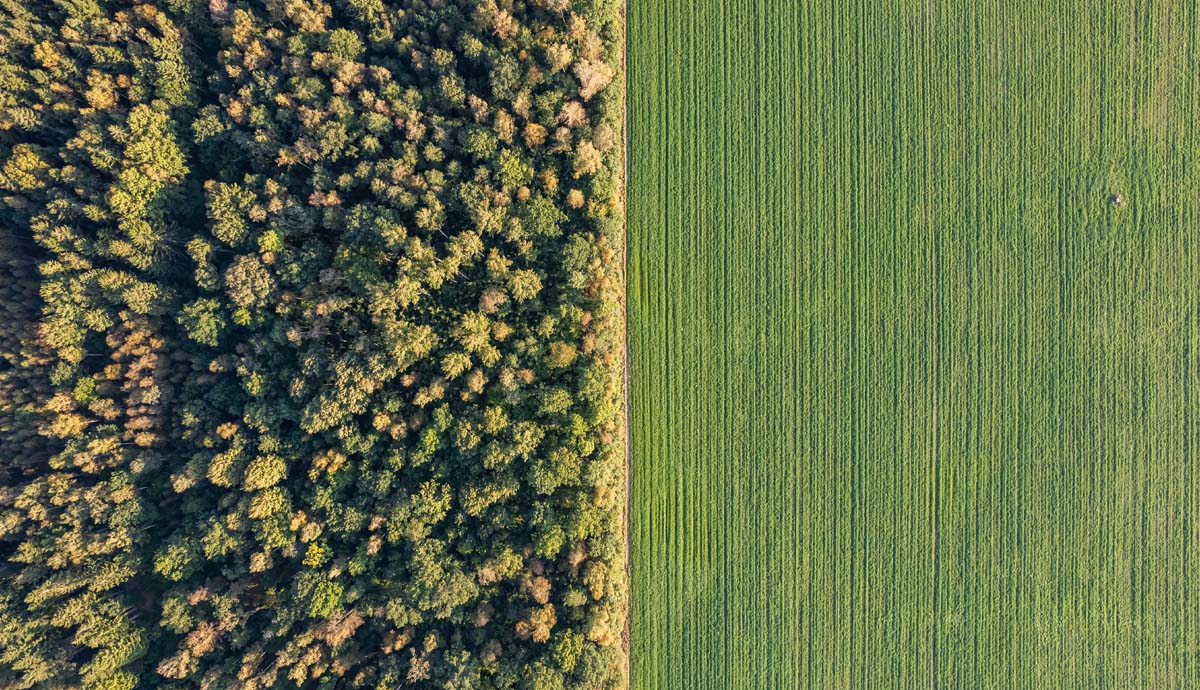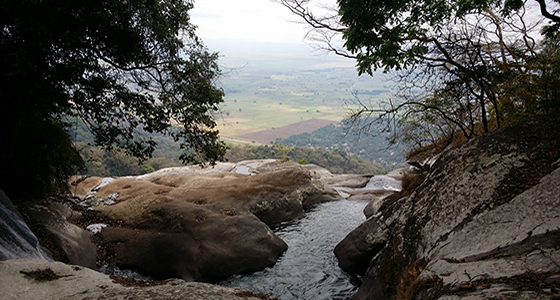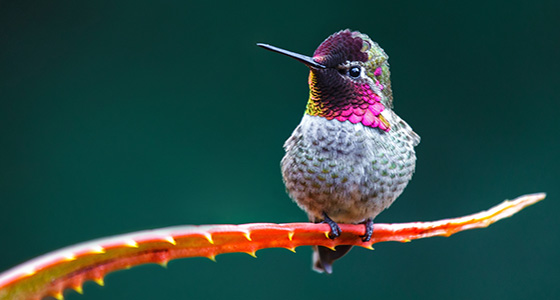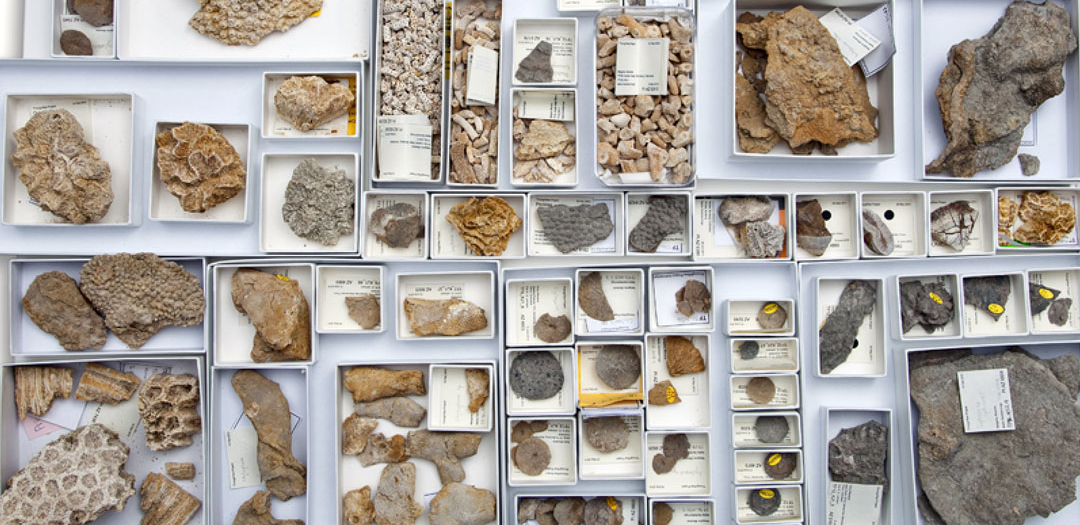Plants under pressure
Museum scientists are part of a project aimed at quantifying how threatened plants are around the world.

© Bezbod/ Shutterstock
Accelerating the use of big data to understand how biodiversity is changing to inform conservation policy and practice.
Earth is more than 4.5 billion years old. Despite modern humans having only been around for about 200,000 years, we’ve fundamentally altered the planetary systems on which we, and all other organisms, depend.
Humans have become the single most influential species on the planet. We’ve caused significant changes to land, water and the atmosphere, and reshaped natural populations and communities from the poles to the tropics.
The biodiversity crisis relates to the dramatic and damaging decline of nature being replicated around the globe. This involves the loss of species, habitats and ecosystems at an unprecedented rate. We need to improve our understanding of how and why biodiversity is changing so that we can find solutions to these issues and help it recover.
Natural history collections contain vital and often unique information about the natural systems of the past. These collections can help us understand the impact of human-induced change on our world, particularly over the last few centuries. Using data from the collections we look after, we can gain a deeper understanding of past and ongoing biodiversity changes, which can help predict and mitigate future changes. A major goal of the Biodiversity Change Theme is to make the collections we house more accessible. This will enable a global community of researchers to access critical historical biodiversity data.
Gaining insights into the factors driving global change is crucial for formulating effective conservation policies and practices that protect species, communities and ecosystems. Alerting governments and policymakers to natural history collections and our research in this area allows us to support nature’s recovery and work with others to build a better future where both people and planet can thrive.


Museum scientists are part of a project aimed at quantifying how threatened plants are around the world.

Analysing ecological studies from around the world to understand how human activities are changing biodiversity.

Studying fossil corals to understand the effect of past environmental changes on the animals and help predict their response to ongoing and future change.